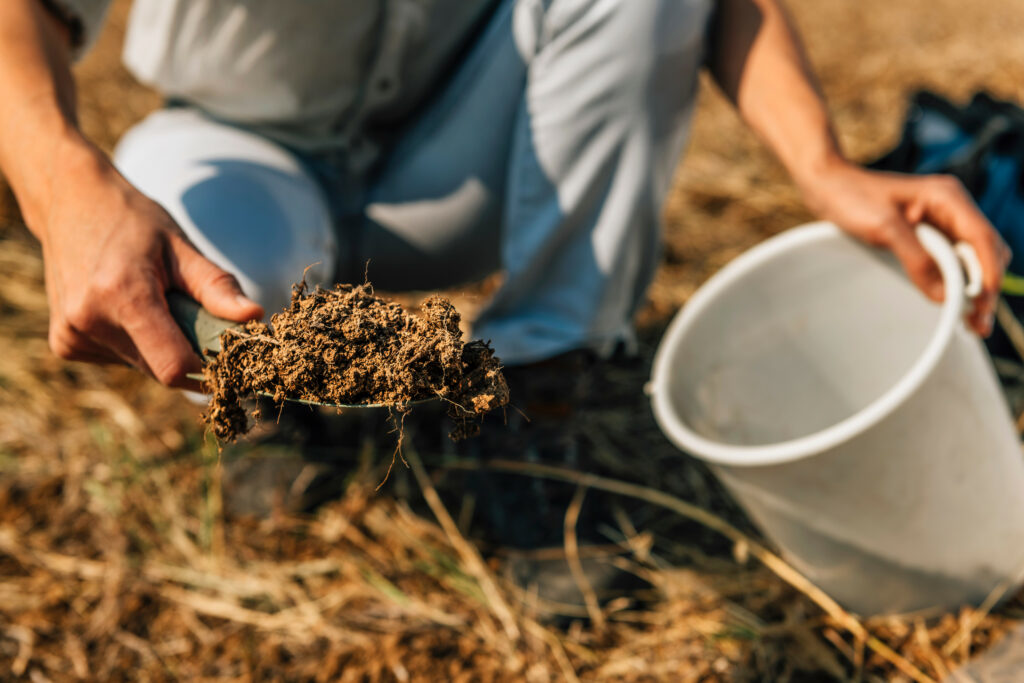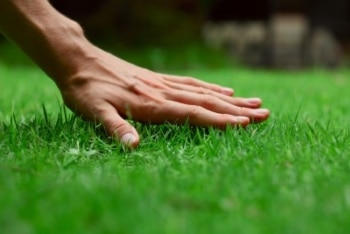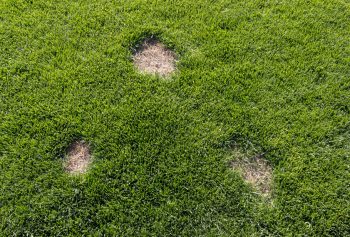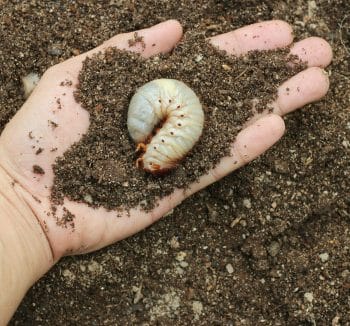Maintaining an optimal pH level in your lawn’s soil is a crucial aspect of achieving a vibrant lawn. A simple and cost-effective way to green up your lawn is to learn how to test soil pH with test strips.
These strips provide a quick and accurate measurement of your soil’s acidity or alkalinity, allowing you to make informed decisions about soil amendments and lawn care practices.
In this article, we will guide you through the process of testing soil pH with strips, empowering you to make the necessary adjustments for a thriving lawn.
Understanding Soil pH

Soil pH refers to the level of acidity or alkalinity of the soil, measured on a scale of 0 to 14. A pH value below 7 indicates acidity, while a value above 7 signifies alkalinity.
A pH value of 7 is considered neutral. Most turfgrass species prefer a slightly acidic soil pH ranging from 6 to 7.5. Maintaining the appropriate pH range optimizes nutrient availability, microbial activity, and overall plant health.
Find out more about managing soil acidity from Texas A&M University.
Mowrer (2023) says
soil testing is important because it determines three things:
- Existing nutrients of the soil.
- Any nutrient deficiencies and needs.
- Potential growing constraints.
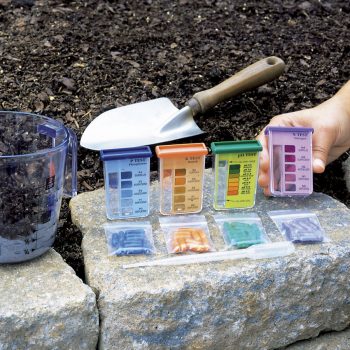
Difference between a Soil Test Kit and Soil pH Test Strips
When it comes to assessing the health and composition of your soil, two commonly used tools are soil test kits and soil test strips. Understanding the differences between these methods will help you choose the most suitable option for your needs.
A soil test kit typically consists of several reagents and testing equipment that allow you to measure various soil parameters, such as pH, nutrient levels, and organic matter content.
On the other hand, soil test strips are pre-prepared strips that give a quick and convenient measurement of specific soil characteristics, such as pH levels.
While test kits offer comprehensive analysis, they typically require more time, effort, and expertise. Conversely, soil test strips provide a straightforward and immediate assessment of a specific soil aspect.
By knowing the distinction between these two methods, you can make an informed decision on which approach best suits your soil testing goals and preferences.
One way to ensure the health of your lawn is through regular lawn maintenance. Check out our lawn mowing service page for details.
Preparing for the Test
Before diving into the soil pH test itself, there are a few essential preparatory steps to ensure accurate results:
Collect soil samples: Take multiple soil samples from different areas of your lawn, avoiding areas near buildings, walkways, or compost piles. Dig down about 4-6 inches and collect a representative sample from each location. Combine these samples in a clean container and mix thoroughly.
Allow soil samples to dry: Spread out the soil sample on a clean surface and let it air dry for a day or two. This ensures that excess moisture does not affect the accuracy of the pH test.
Testing Soil pH with Strips
Obtain pH testing strips: Purchase pH testing strips from a garden center or online. Make sure the strips cover the appropriate pH range for soil testing.
Prepare the strips: Cut the testing strips into small pieces of uniform size, making them easier to handle and read.
Prepare the soil samples: Crush the dried soil sample into a fine powder using a mortar and pestle or any other suitable method. Ensure there are no clumps or debris in the soil powder.
Perform the test: Take a small amount of the prepared soil powder and place it in a clean container. Moisten the soil with distilled water, ensuring there is enough moisture for the test strip to absorb. Insert the pH testing strip into the soil, allowing it to absorb the moisture for the specified time mentioned on the strip’s instructions.
Compare the results: After the recommended time, remove the strip and compare the color change against the provided color chart on the strip’s packaging. Match the color obtained from the soil sample with the corresponding pH value on the chart to determine your soil’s pH level.
Glenda Taylor, a writer for Bob Vila tested many soil test kits and soil test strips. Taylor (2024) says, I found the Garden Tutor Soil pH Test Strips to accurately determine the pH levels in various parts of my flower garden.
Why is it Important to use Distilled Water?
In the world of gardening and maintaining a healthy lawn, understanding the pH level of your soil is crucial. Soil pH test strips are a handy tool that helps you determine whether your soil is acidic, neutral, or alkaline.
However, what many people overlook is the importance of using distilled water when conducting these tests. Distilled water is free from impurities and minerals that can interfere with accurate pH readings. By using distilled water, you ensure that the test results solely reflect the true pH level of the soil, allowing you to make appropriate adjustments for optimal plant growth.
So, next time you reach for those soil pH test strips, remember the significance of using distilled water to obtain accurate and reliable results. Your lawn will thank you for it!
Interpreting the Results
Once you have determined your soil’s pH level, you can make informed decisions on amending the soil to achieve the desired pH range for optimal lawn health:
Acidic soil (pH below 6): Apply lime to raise the pH and reduce acidity.
Alkaline soil (pH above 7.5): Apply sulfur or other acidic amendments to lower the pH and reduce alkalinity.
Slightly acidic to neutral soil (pH between 6 and 7.5): Your lawn is in the ideal pH range for most turfgrass species. Regular maintenance and proper lawn care practices should maintain the pH within this range.
Soil rejuvenation is another service we offer to improve the health of your lawn.

Conclusion
Regularly testing soil pH is essential for maintaining a thriving lawn. With the help of pH testing strips, you can easily determine your soil’s pH level.
Adjust the pH as necessary through soil amendments and a green, lush lawn will soon be yours.
Start incorporating soil pH testing into your lawn care routine. When you do, you will reap the benefits of a vibrant, green, and resilient lawn.
References
Agrilife Today. (2023, June 12). Why should I get my soil tested? Agrilife Today. https://agrilifetoday.tamu.edu/2023/06/12/why-should-i-get-my-soil-tested/
Taylor, G. (2024, April 5). The Best Soil Test Kits of 2024. Bob Vila. https://www.bobvila.com/articles/best-soil-test-kits/

